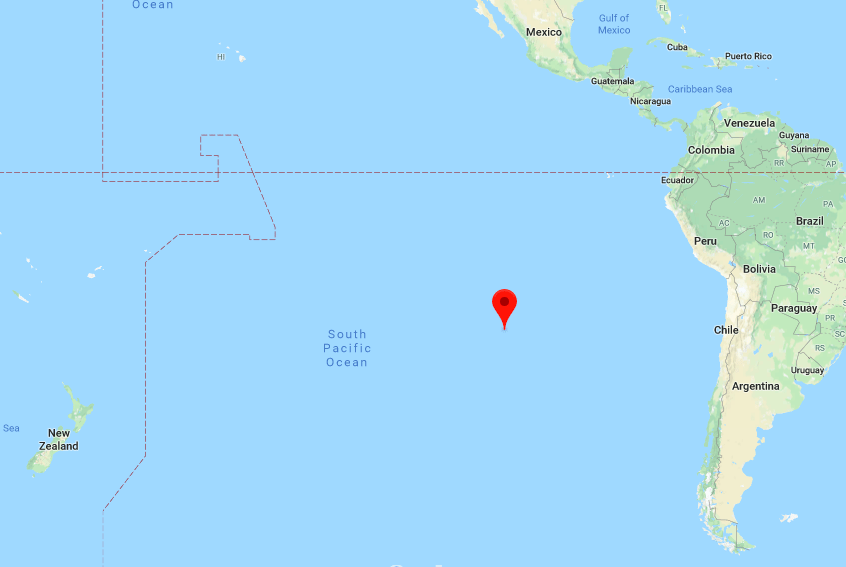Indus And Ganges River Map
The Indus and Ganges rivers are two of the most important water bodies in South Asia. These rivers have played a significant role in shaping the region's geography, history, and culture. The Indus and Ganges river map is a valuable tool that helps in understanding the various aspects of the region, including its geography, topography, culture, and history.
The Indus and Ganges river map shows the location and course of the two rivers, their tributaries, and the various cities and towns that are located along their banks. The map also highlights the different states and countries that the rivers flow through, including India, Pakistan, Bangladesh, and Nepal. The map provides a visual representation of the vastness and complexity of the region's river systems.
One of the essential features of the Indus and Ganges river map is its ability to provide insights into the geography and topography of the region. The map shows the various mountain ranges, plateaus, and plains that form the region's physical landscape. The map also highlights the different types of vegetation and wildlife that are found in the region, which are often determined by the rivers' flow and the local climate.
The Indus and Ganges river map also provides valuable insights into the region's history and culture. The rivers have been a vital source of water and sustenance for the people of the region for thousands of years. The map highlights the various civilizations and cultures that have developed along the banks of the rivers, including the Harappan, Indus Valley, and Vedic civilizations. The map also shows the various religious and cultural sites that are located along the rivers, including Hindu temples and Muslim shrines.
The Indus and Ganges river map also provides valuable insights into the region's economy and agriculture. The rivers are a crucial source of water for irrigation, fishing, and transportation, and their flow has a significant impact on the region's agriculture and economy. The map shows the various crops and industries that are located along the banks of the rivers, including rice paddies, textile mills, and power plants.
In conclusion, the Indus and Ganges river map is a valuable tool that helps in understanding the geography, history, culture, and economy of South Asia. The map provides insights into the vastness and complexity of the region's river systems, the different civilizations and cultures that have developed along the rivers, and the impact that the rivers have had on the region's economy and agriculture. The Indus and Ganges river map is an essential resource for scholars, researchers, and anyone interested in learning more about this fascinating region.






